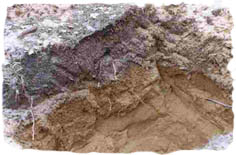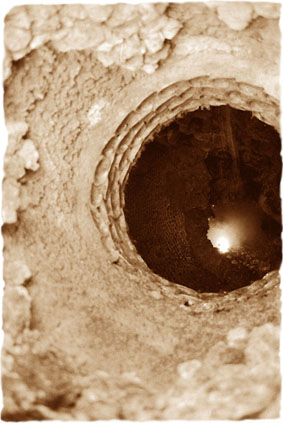




| |


This is a rule based method that assigns a single material descriptor to each well log unit by applying conditional rules to descriptors and where necessary integrating descriptors across multiple fields (Russell et al. 1998-E). The GSC system was developed by local experts from the Geological Survey of Canada for a database of 250,000+ boreholes in the Greater Toronto Area (Russell et al. 1998-E; Logan et al. 2001-D1). The system has a twelve-category subsurface classification scheme for well-log data. A brief outline of steps taken to derive well-log units is as below:
Simply descriptor strings:
This reduces words and/or terms used in describing subsurface materials to single ormultiple terms. This procedure eliminates duplicate of attributes and spaces and removes allnull fields. For instance, if clay occurs with sand and gravel then clay is treated as silt; iforganic has accompanying descriptor then organic is treated as null.
Apply global rules:
This aims at reducing multiple material descriptions to single subsurface units by applyingdefined rules. E.g., if a single descriptor, then the description is based on directly on thatdescriptor; if all fields are null then treat as no obvious material code.
Execute bedrock rules:
This finds an adequate position for bedrock locations in individual well-logs. For instance,identify as bedrock if last material unit is in well or if continuous bedrock beneath.
Perform sediment texture rules:
This procedure seeks to reduce multiple descriptors to single descriptor based on sedimenttexture by harmonizing the texture characteristics. For example, sand with attributes silt orclay and gravel then treat as sand; clay with attributes sand or silt and no gravel then treat assilt.





| |